Fitbit Charge 5 Review | Best Fitness Trackers 2024
The Fitbit Charge 5 offers a blend of health and fitness monitoring that’s ideal for the current climate.
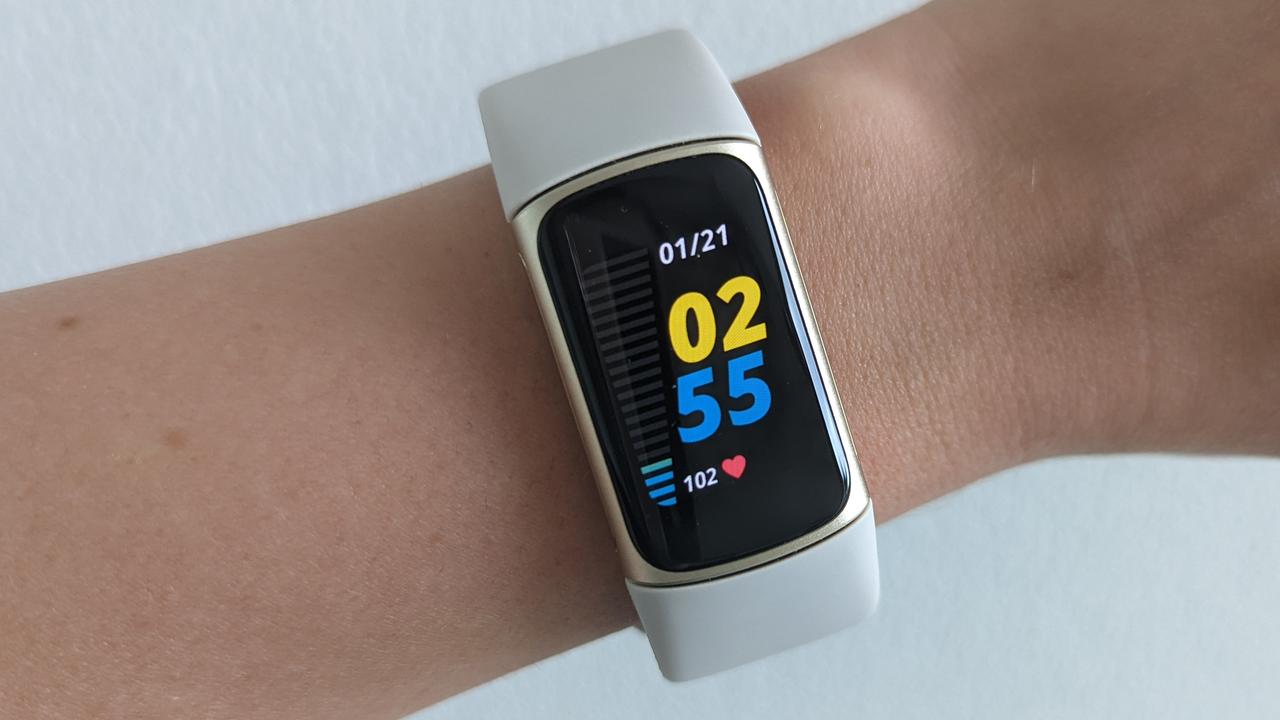
We may receive payments from third parties for sharing this content, and when you purchase through links in this article. Product prices and offer details are not assured, and should be confirmed independently with the retailer. Learn more
FITBIT CHARGE 5 REVIEW
For many of us, fitness trackers have gone from “a nice to have” item, to an essential device that can help get us moving, manage our stress levels and improve our sleep.
With frequent reminders to move and a new sensor for stress management, Fitbit’s Charge 5 is a gadget for modern times, merging several of the best features of its predecessors into the brand’s most advanced fitness and health tracker.
CHARGE 5 KEY FEATURES
- Always-on, colour display
- Built-in GPS
- ECG monitor
- EDA sensor for stress management
- Call and text notifications
- Contactless payments
- Water resistant to 50m
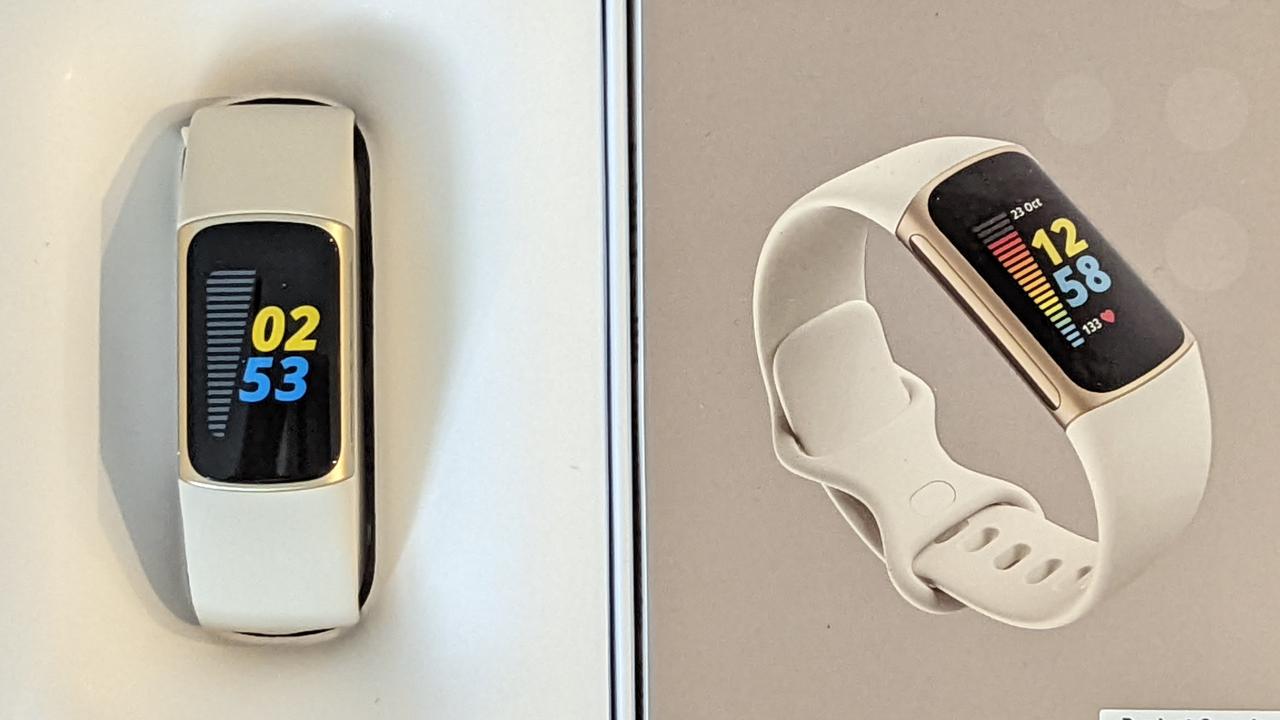
DESIGN
The Fitbit Charge 5 sits somewhere between the Fitbit Charge 4 and the Fitbit Luxe in terms of design. Like the Luxe, the Charge 5 has a colour AMOLED display that Fitbit says is two times brighter than the screen on the Charge 4. Where the Luxe’s slim, petite aesthetic was marketed mainly towards women though, the Charge 5 offers both a wider screen and a wider band, giving it a unisex design more reminiscent of the Charge 4.
Instead of the plastic case and dark colour scheme found on the Charge 4, the Charge 5 arrives 10 per cent thinner with a thin stainless steel case. It’s available in lighter colourways like Lunar White and Steel Blue, as well as in Black.
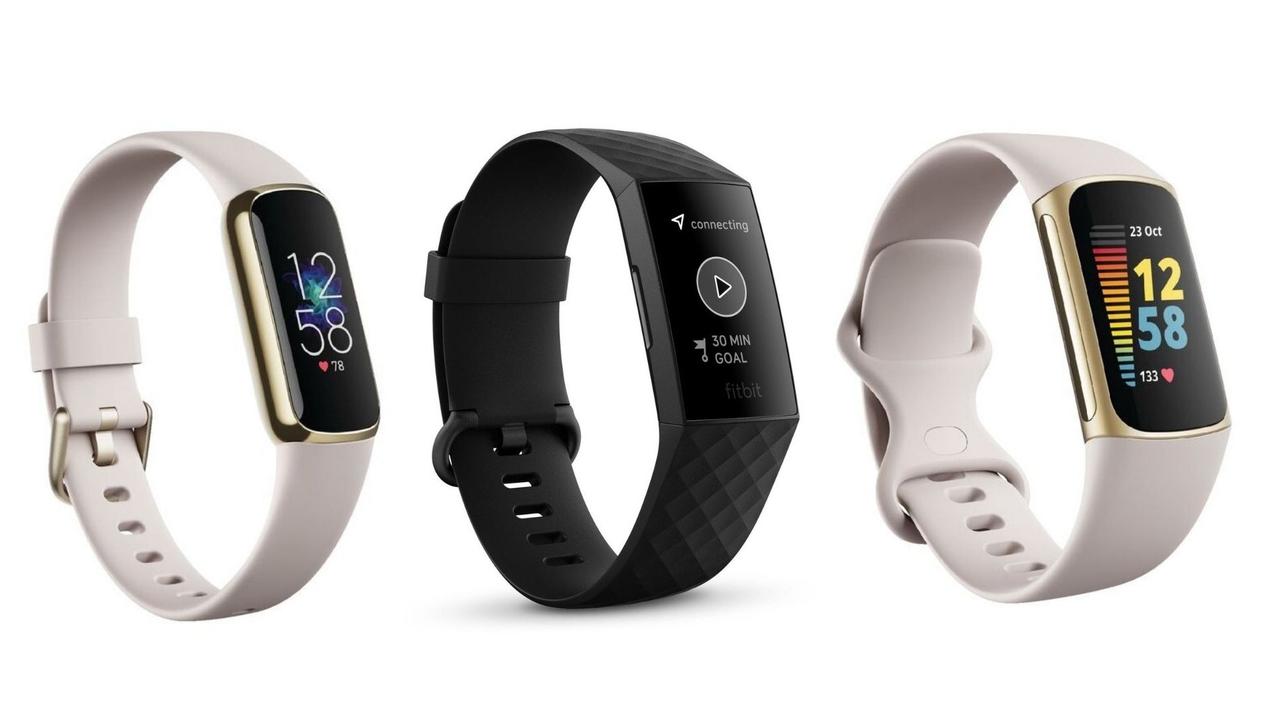
The Charge 5 comes equipped with a small and a large silicone Infinity Band to cater to different sized-wrists, though the increased 0.86-inch x 0.58-inch screen size does still make the tracker slightly oversized for those like me with tiny wrists.
While it’s comfortable to wear, the screen does almost entirely take up the width of my wrist, making the tracker a little chunkier than I would have liked. Those with average to large wrists should find the fit suitable, but shoppers with smaller wrists may want to weigh up the advanced features of the Charge 5 against the smaller design of the Luxe before deciding which model to buy.
DISPLAY AND NAVIGATION
Thanks to its AMOLED display and increased screen size, the Charge 5 is easy to read, even in direct sunlight. It also offers more screen estate for displaying stats, which is certainly a bonus and helps bring the tracker closer to rival devices packing bigger screens, like the Garmin Forerunner 245.
The colour display itself is crisp and vibrant, which is a welcome change from the Charge 4 which featured a relatively dim-lit LCD screen. You can choose from a range of different watch faces in the Fitbit app, allowing you to give your display a small personalised touch and determine which stats you want to see upfront.
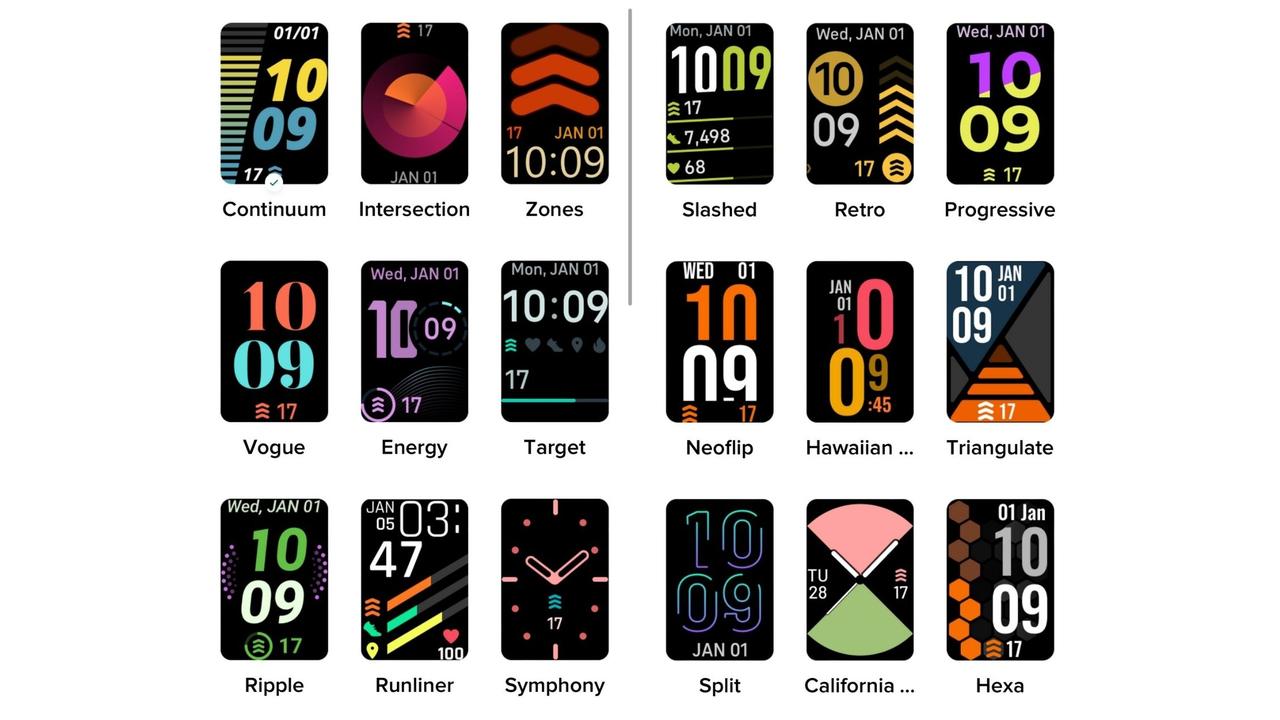
One change to the Charge 5’s design likely to divide users is the total lack of buttons on the tracker. While the Charge 4 was also mainly touchscreen operated, it did at least include a haptic button on the side that would wake the screen, resume and pause workouts and take you back to the homescreen.
The Charge 5 has no buttons, instead allowing you to wake it either by double tapping firmly on the screen or by tilting your wrist towards your face as you would when checking the time. While I was initially sceptical about how well the latter option would work, I have found it to be very responsive and incredibly handy when I’m on the move.
Despite being easy enough to wake, the lack of buttons is quite frustrating when diving into the Charge 5’s menus. While you can, in theory, double tap at any time to return to the main watch face, sometimes my first tap takes me into the setting or menu I was currently up to rather than sending me back to the home screen, which is less than ideal. Double tapping can also be difficult when your hands are wet from water or sweat, as the screen does tend to be less responsive.
Similar to the Fitbit Luxe, the Charge 5 comes with the option to set the display to “always-on”. The mode allows you to see the time even when you’re not interacting with the screen, similar to a regular watch, though it is a major battery drain.
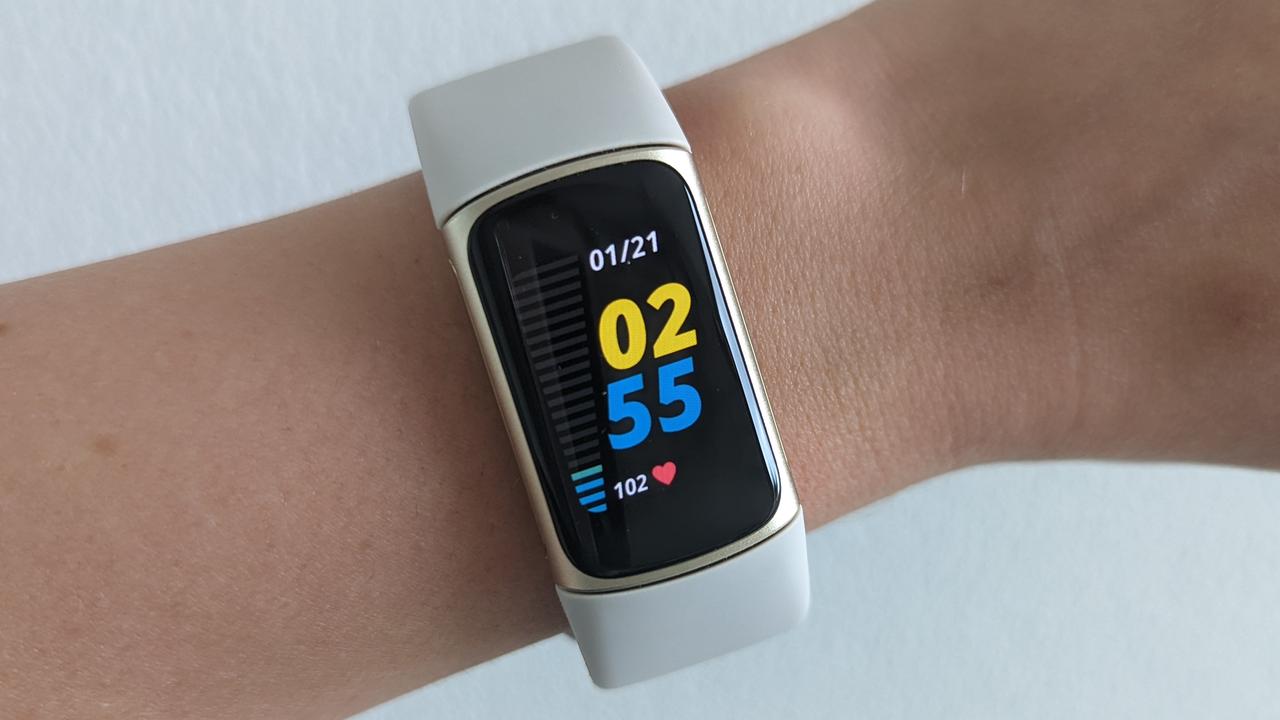
To navigate through the Charge 5, you can swipe up from the home screen to access mobile payments such as Fitbit Pay, toggle do not disturb and sleep modes on or off, set screen wake to automatic or manual, turn water lock on or off and access the settings. Swiping down will meanwhile allow you to see your remaining battery life, daily stats, hourly activity, heart rate, sleep score, Sp02% score and a tally of the days you’ve exercised this week.
Scrolling right from the home screen gives you access to notifications such as texts (though you can’t respond from the tracker), start an activity, set timers and alarms or complete an EDA or ECG scan.
FEATURES
The Fitbit Charge 5 may not be a full-fledged smartwatch, but its features make it a nice middle-ground between a smartwatch and a fitness tracker. In fact, the model takes many of the health features previously exclusive to the Fitbit Sense smartwatches and makes them much more affordable.
EDA AND ECG
One of the most notable inclusions on the Charge 5 is the stainless steel panels on the case, which enables the tracker to take electrocardiogram (ECG) and electrodermal activity (EDA) readings.
Made to record your heart rhythm, the ECG monitor allows you to do a quick heart assessment by opening the app, placing your index finger and thumb on the metal sides of the Charge 5 and holding still for thirty seconds. The tracker then analyses your heart rhythm and gives you a result (e.g. ‘normal sinus rhythm’).
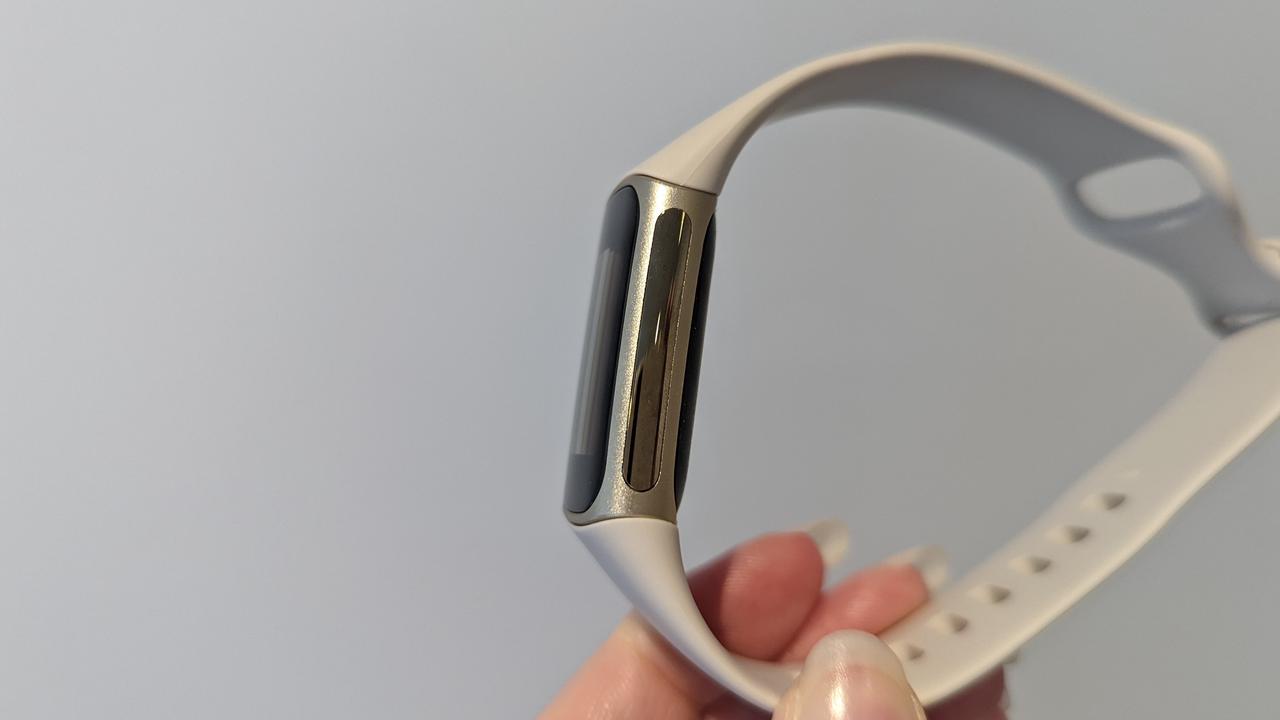
While Fitbit makes a point of saying the scan can’t detect serious heart conditions, it does offer a way for users to keep an eye out for Atrial fibrillation (A-fib) and share any abnormal results with their GP. It’s difficult to determine just how accurate this scanner is but the ECG does at least give you a way of keeping a closer eye on your heart rhythm to spot irregularities.
The EDA scanner meanwhile monitors changes in sweat level using electrical microcurrents to see your body’s response to stress. To start the scan, you need to hold the metal sides of your Fitbit and concentrate on breathing for three minutes. At the end of your scan, you will be asked to rate your current level of stress with scores ranging from very calm to very stressed.
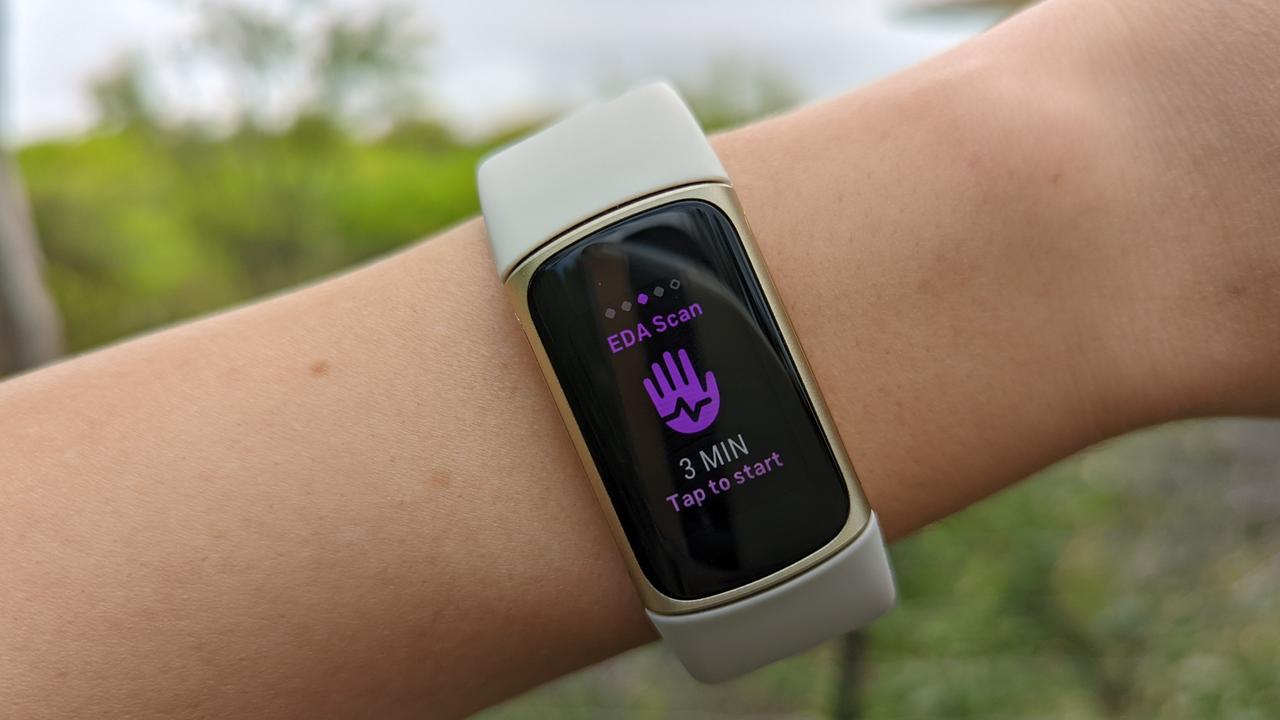
The scan and self score are part of a wider tracking system, which can be viewed in the Fitbit app. Under the “Stress Management” tab, you can view your stress management score, which sits somewhere between 1 and 100 (with a higher score indicating that your body is showing fewer physical signs of stress) and is calculated from factors such as your heart data, sleep patterns and EDA scan. The resulting score allows you to keep track of how stressed you are from day to day and reflect on how your body responds to this stress.
As a long time sufferer of anxiety myself, it’s wonderful to see stress levels and mental health tracking prioritised and included alongside physical health tracking. While the stress management tracking is based on a number of factors and isn’t always going to be completely accurate, it does at least provide a surface level understanding of how I’m feeling from day to day.
ACTIVITY TRACKING
In terms of activity tracking metrics, the Charge 5 is virtually the same as the Charge 4. You can access up to six exercise modes on the tracker itself, all of which can be changed in the Fitbit app. You can also change the order of the modes in the app to put the exercises you engage in most at the very top of your list.
While you still can’t really customise what you see in each sport profile, some profiles do allow you to turn on auto laps, which will give you pace alerts. For each exercise, you can also add a goal such as “zone minutes”, distance, time and calories to help you reach your fitness goals.
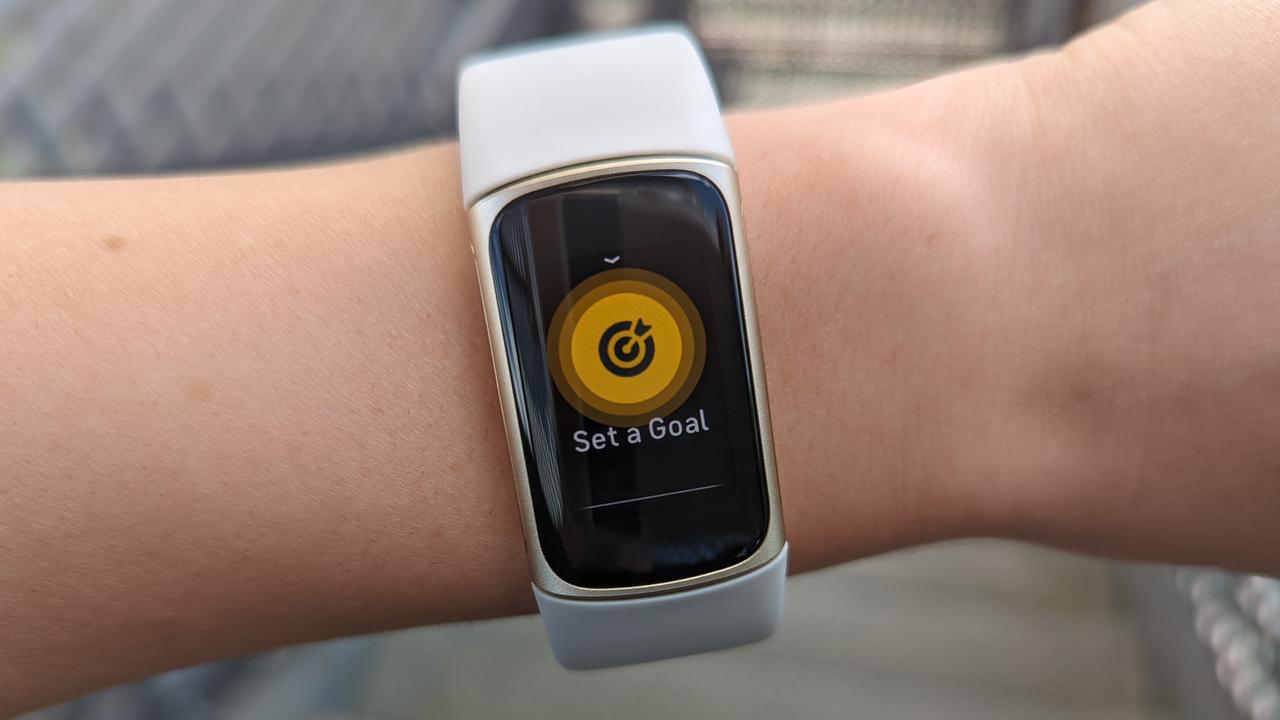
REMINDER TO MOVE
It’s not a new feature, but one of my favourite inclusions on the Charge 5 is the move reminder, which prompts you to get up and move around each hour. Having now worked from home for close to two years, I often find myself parked in front of my laptop for hours on end without a break. Not only does this cause eye fatigue, but it has also resulted in stiffness in my neck, back and shoulders over time.
Being given a gentle prompt to move each hour has helped to lessen this, especially as you receive more than one alert if you fail to meet the hourly 250 step goal. You can choose the hours you want to be alerted in the Fitbit app, which means you can set reminders during work hours and then have them switch off once you’re done for the day. You can also choose which days you would like to be alerted, so you can turn them off over the weekend if you would prefer.
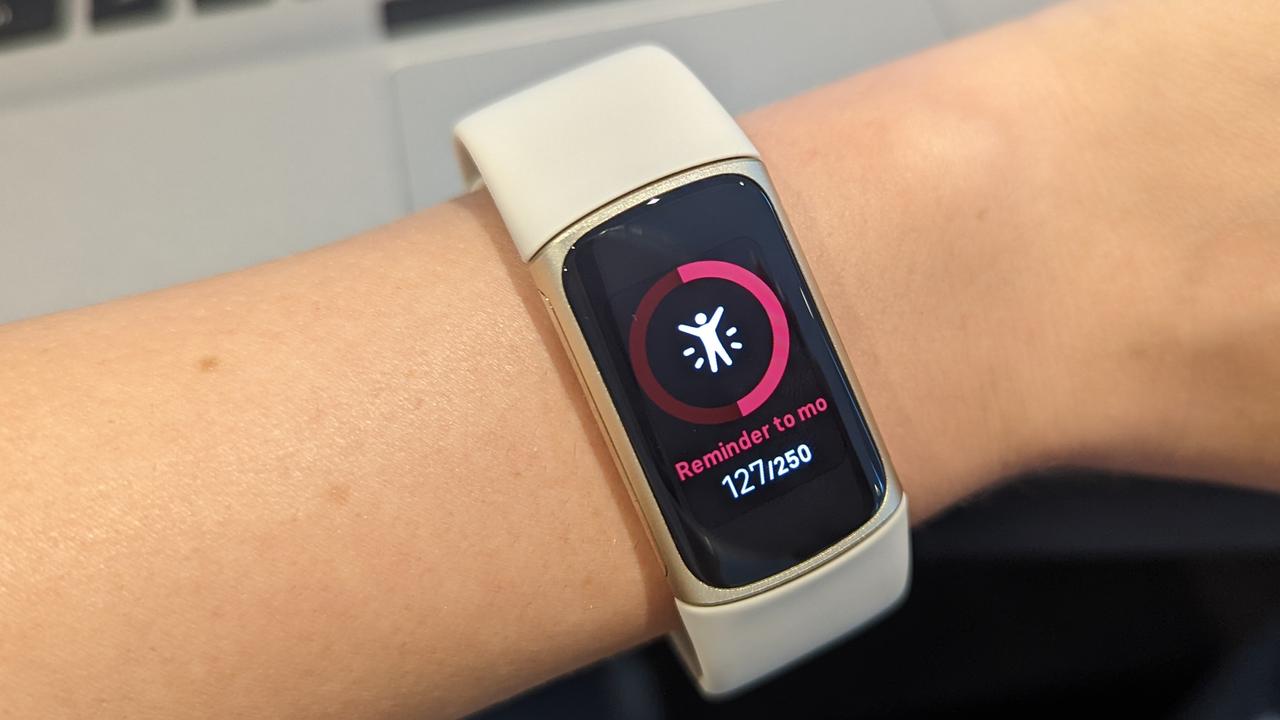
GPS
Like the Charge 4, the Charge 5 arrives with built-in GPS that tracks your outdoor route without needing to take your phone. Alternatively, you can toggle the GPS to connect via your smartphone to prolong your battery life, or to a ‘dynamic’ setting which sets the GPS type for you based on whether you take your phone with you or not.
While some users have mentioned that their built-in GPS took up to 30 seconds to lock onto a signal, I can’t say I’ve had any issue with mine. In my testing, the route and distance tracking has also been accurate, as compared to route mapping on my phone.

SLEEP TRACKING
Similar to many of its predecessors, the Charge 5 allows for sleep tracking and includes the same SpO2 sensor to monitor blood oxygen saturation while you sleep. Over on the Fitbit app, you can view your nightly sleep score and sleep stages to keep track of just how much rest you’re getting each night.
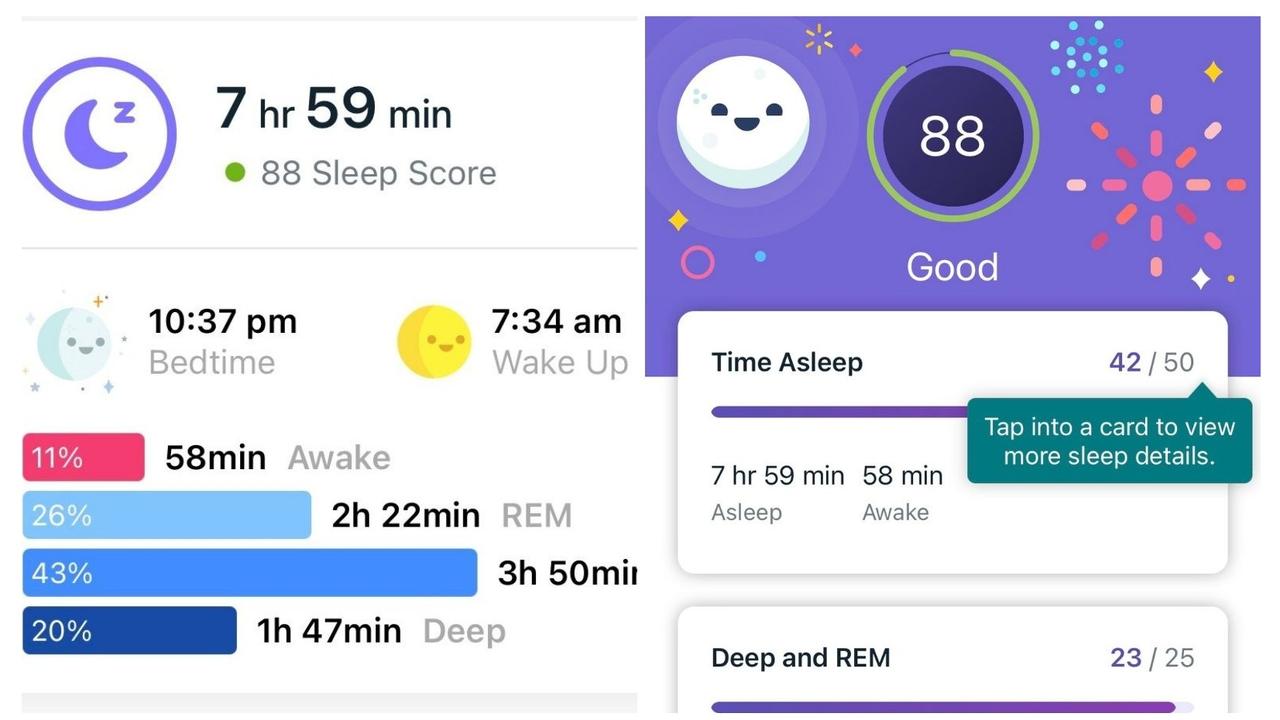
More advanced, and arguably more helpful, sleep data such as time spent in light, deep and REM sleep and time spent awake or tossing and turning is also available in the app for Premium members.
As someone who often goes through periods of poor sleep, sleep tracking is one of the more fascinating health elements of the Charge 5, especially with Premium’s breakdown of each sleep stage.
To get the data you obviously need to wear the Charge 5 all night long, which I didn’t find the most comfortable thing to do as I prefer not to wear any kind of accessories to bed. I had to work up to wearing it overnight and still often leave it off. Ultimately, you will have to weigh up comfortability versus the benefits of sleep tracking, as the Charge 5 needs to be worn for the full length of your sleep in order to read your heart rate and gather intel.
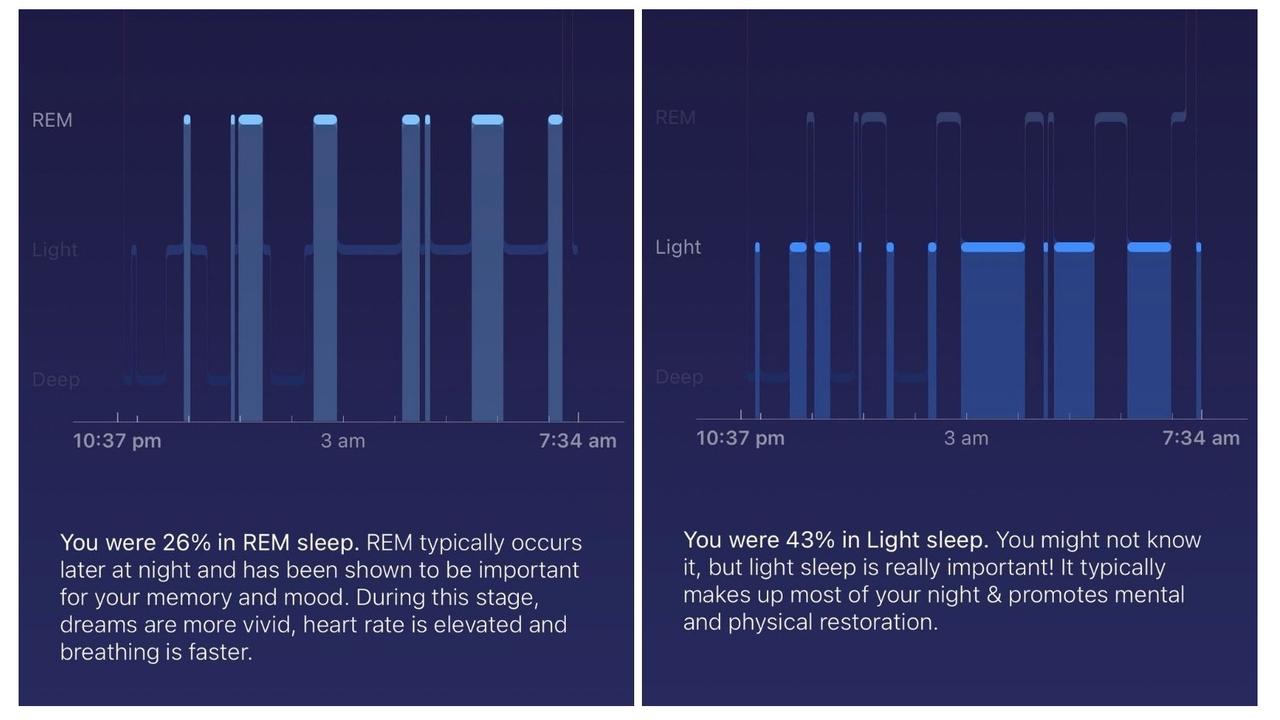
Like the Charge 4, you can also set an alarm on the Charge 5 to wake you up with a gentle wrist vibration. That’s a big improvement over a blaring smartphone alarm. The alarm also tracks your sleep to wake you at the optimal time, which is a huge bonus.
For instance, if you set an alarm for 7am, the tracker will determine the best time to wake you in the half-hour leading up to your alarm, based on your sleep cycle. The idea is to wake you at a time that will leave you feeling refreshed rather than groggy, which is frankly something most of us could do with. It’s hard to know exactly how well this works, but I’ve certainly felt fine after waking up at the time it has recommended.
DAILY READINESS SCORE
A new feature available on the Charge 5 is a Daily Readiness Score, which is exclusive to Premium subscribers. The Daily Readiness Score looks at factors such as your activity levels, sleep patterns and heart rate variability from previous days and assesses whether you’re ready to work out or should prioritise recovery.
A higher score indicates that you’re ready for a higher-intensity workout, while a lower score means that your body is likely fatigued by factors such as stress or poor sleep. On these days, Fitbit suggests resting or engaging in lower intensity workouts such as walking or yoga.
The score is a great addition to the health tracking side of the Charge 5 as it both encourages recovery periods and helps to prevent users from overtraining, which is certainly nice to see. On the downside of course, it is one of many features you will need to be prepared to pay for in advance.
PERIOD TRACKING
Another health feature included with the Charge 5 is menstrual health tracking. The feature allows users to log details of their cycle including flow intensity, symptoms, mood and even whether they’ve taken the morning after pill.
Similar to dedicated menstrual tracking apps, the feature helps users to predict periods, see their fertile windows and quickly recognise any recurring irregularities. I personally still prefer to use a standalone period tracking app, but the inclusion is nice for those who want to keep all of their health data in the one place.

FITBIT PREMIUM
According to Fitbit, the purchase of a Charge 5 should automatically grant you six-months worth of access to Fitbit Premium for both new and returning users, which is a fairly generous offer. As a returning user myself though, I was unable to find the option to access my free subscription anywhere and ended up having to pay to use the service which was extremely frustrating.
One month of Premium membership costs Australian users $16.49, while a yearly subscription will set you back $119.99. When you add this to the price of the tracker, the cost quickly begins to add up.
One of my biggest gripes with the Charge 5, and with Fitbit in general, is that many of the best features are in the Premium service. While this is fine for additional features such as special games and challenges which fall in the ‘nice to have’ basket, it also includes things like the Daily Readiness Score and parts of sleep and health tracking which really should be included with the device.
When you consider that many of the locked features are ones Fitbit is promoting to sell the tracker too, the paywall is disappointing. Ultimately, you can still get plenty out of the tracker without signing up for Premium, but if you want to keep an eye on your health data, becoming a member is the best way to go about it.
BATTERY LIFE
According to Fitbit, the Charge 5 has a battery life of up to seven days or up to three days when using the always-on display. However, I have found that using the always-on display actually drains the battery life in two days, which is a day less than Fitbit has said. Admittedly, I have notifications turned on and GPS set to ‘dynamic’, which may also account for some of the battery loss.
Changing these settings will of course prolong your battery life but, given that the always-on display and built-in GPS are some of the key selling points of the Charge 5, this seems to somewhat defeat the purpose.
Compared to other fitness trackers on the market, and even other models in Fitbit’s own line-up, a two-day battery life is relatively poor. For instance, Fitbit says its Inspire 2 lasts up to ten days at a time, while certain models by rival brands like Garmin and Withings have batteries that last months at a time.
When it does come time to charge, you once again get a magnetic charger which easily locates the charging pins on the tracker and secures in place. Charging time is extremely quick, with a full charge taking just one to two hours, which does at least take away some of the frustration of the relatively short battery life.

SHOULD YOU BUY IT?
In addition to fitness tracking, the Fitbit Charge 5 rivals many smartwatches currently on the market thanks to the inclusion of features such as notifications, heart rate monitoring, in-built GPS and EDA monitoring. However, it does still lack some popular features such as music and camera controls.
The sleek design of the tracker makes it generally pretty comfortable to wear, while stress tracking and reminders to move make it a great choice for day to day health management. Rather than purely helping users to increase and monitor their fitness levels, the tracker also has features such as the Daily Readiness Score that allows you to workout more intuitively and prioritise rest when it’s needed, which is certainly a healthier approach.
More Coverage
The Charge 5 does lose some points for its battery life, which is less than ideal when using settings like the always-on display, and for sticking many handy features behind the Premium paywall. Overall though, the Fitbit Charge 5 is one of the most worthwhile trackers the brand has produced, offering several smartwatch functions at a more accessible price point.
Overall rating: 4.5/5
Price: $269.95
Where to buy: The Fitbit Charge 5 is available now from The Good Guys, Catch and Officeworks.






